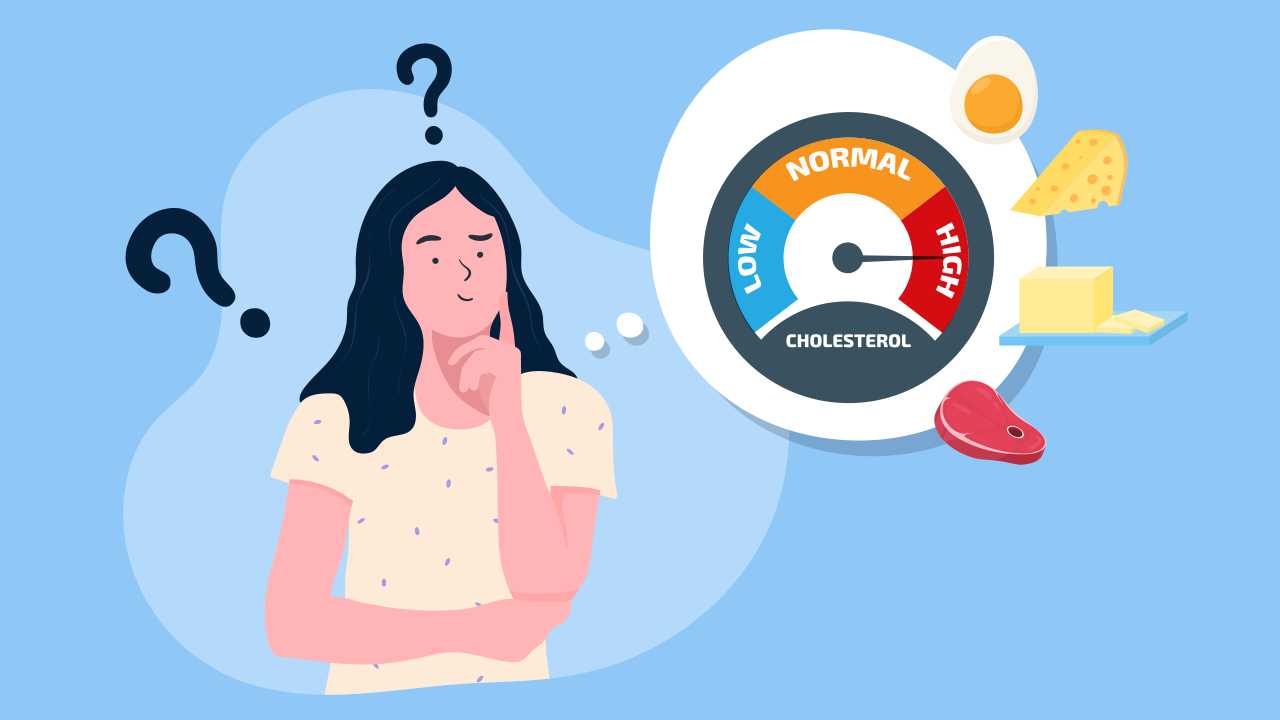
Carbohydrates: Are They Good or Bad?

Carbohydrates are a popular topic when it comes to talking about nutrition. Some experts endorse complete avoidance, while others promote a high-carb diet. We also hear a number of questions around when and what quantity and quality of carbs to consume. Let’s find out about the types of carbohydrates and how to choose what to eat.
What are carbohydrates?
Carbohydrates are one of the three macronutrients (the other two being protein and fat) that form the bulk of the human diet. Macronutrients are sources of energy and drive other essential functions in the body. While the three macronutrients are interchangeable as sources of energy, carbs work as the primary energy source. Carbohydrates therefore, bring a lot of benefits to your body.
Types of carbohydrates
Carbohydrates are broadly divided into two types — simple and complex. All carbs raise blood sugar levels, but it is the intensity and duration at which they do it that differentiates the two. It’s the source of carbohydrates that matters.

Simple carbohydrates: Sugars like glucose and fructose are simple carbs. These are small molecules that easily convert into glucose, and thus increase the blood sugar level quickly. Naturally occurring sugars are found in foods like milk, fruits, and grains. These foods co-exist with other essential nutrients like calcium, phosphorus, vitamin A, B12, and others, making them beneficial food sources.
However, simple carbohydrates are also found in processed and refined foods such as candy, table sugar, syrups, and soft drinks, which account for the “bad carbs”. The refinement or the processing method that goes into manufacturing these foods strips them of their essential nutrients and fiber.
Consuming these added simple sugars may lead to instant spikes in blood sugar levels and provide calories without much nutrition. Too much of these carbs over a period of time may result in weight gain leading to type II diabetes and other health conditions.
Complex carbohydrates: These are large complex sugar molecules that constitute of starch, resistant starch, and fiber. Although starch converts to glucose relatively quickly, resistant starch and fiber remain undigested and therefore promote slow and sustained release of sugars into the bloodstream. Thus, they maintain a stable blood glucose level. Whole grains like brown rice, oats, potatoes, and pulses are some examples of complex carbohydrates. Foods which contain complex carbohydrates also include higher amounts of vitamins and minerals.
What type of carbohydrate should you consume?
Different situations require consumption of different types of carbohydrates.
Simple carbohydrates work well when you need a quick bout of energy, like before or during a race or when you’re unwell and have lost your appetite. On the other hand, complex carbohydrates provide you sustained energy for a longer period of time and hence help you remain fuller
It is generally preferred to consume foods with complex carbs like whole grains, pulses, fruits, and vegetables, while occasional consumption of refined or processed simple carbohydrates like biscuits and white breads is fine.
How to include good carbohydrates in your diet
It is important to understand that carbohydrates are essential for our body to function optimally. You may want to include some of the following quick tips in your daily diets:
1. Be generous with fruits and vegetables. You could look at consuming a couple of servings of fruits and vegetables each day to get started.
2. Increase your intake of whole cereals, pulses, and legumes. You may switch from white bread to whole wheat, or multigrain bread.
3. Substitute processed foods with home-cooked meals that include cereals like whole wheat, oats, and millets.
4. Additionally, read nutrition labels of packaged foods for their ingredients and composition. If a food contains higher sugar as compared to fiber, vitamins and minerals, it may be better to look for alternatives. Alternatively, ensure that the first few ingredients of packed food are whole grains, since that is the ingredient used most abundantly in making the product.
While it may sound like a lot of knowledge to absorb and comprehend, once you have learnt the basics, you will be able to make informed choices in future.
References
1. Digestion and Absorption of Carbohydrates. In: An Introduction to Nutrition (Byerley). Medicine Libretexts.
2. Canani RB, Pezzella, V, Amoroso A, et al. Diagnosing and Treating Intolerance to Carbohydrates in Children. Nutrients 2016; 8: 157.
3. Mudambi SR, Rajagopal MV. Fundamentals of Food, Nutrition and Diet Therapy. New Delhi: New Age International Publishers, 2007.
4. Dipnaik K, Kokare P. Ratio of Amylose and Amylopectin as indicators of glycaemic index and in vitro enzymatic hydrolysis of starches of long, medium and short-grain rice. International Journal of Research in Medical Science 2017; 5: 4502–05.














